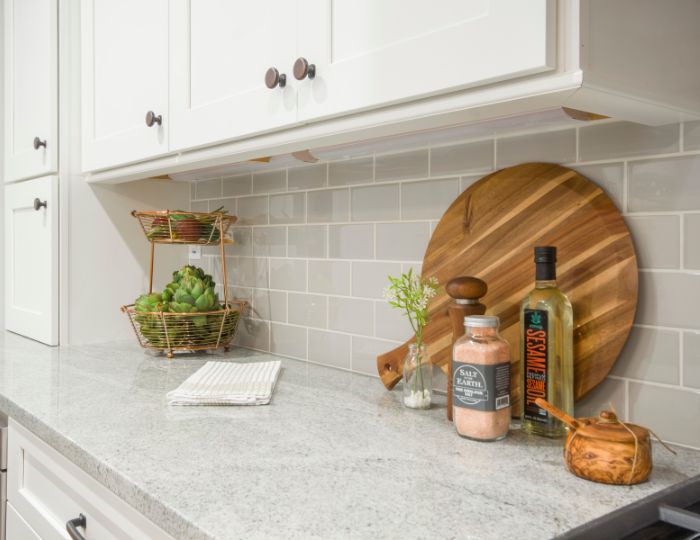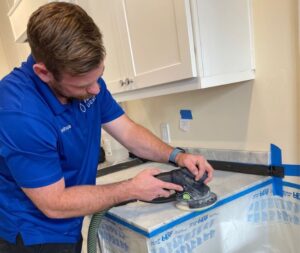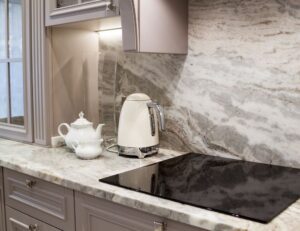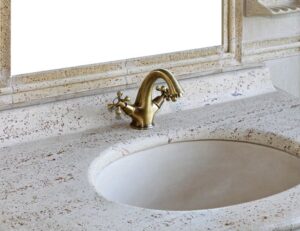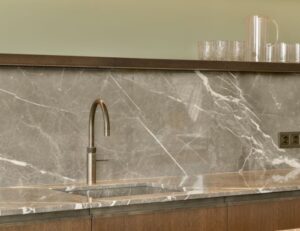Stone table tops—whether made from marble, granite, limestone, or travertine—are luxurious, long-lasting, and timeless. They serve as stunning focal points in dining rooms, patios, and office spaces. However, as functional as they are beautiful, stone surfaces can accumulate wear over time. From spills and stains to scratches, etching, and dullness, these issues can detract from their natural elegance.
Fortunately, professional restoration can revitalize your stone table top, preserving its charm while ensuring it performs for years to come. Here’s everything you need to know about restoring a stone table top the right way.
Step 1: Evaluate the Current Condition
Before restoration begins, it’s essential to assess the surface thoroughly. Does the table top appear dull or uneven in finish? Are there water rings, wine stains, or acidic etch marks from citrus or cleaning products? Is there physical damage—like chips along the edges or scratches from utensils, laptops, or vases?
Different stones respond differently to wear. Marble is especially prone to etching, while granite is more stain-resistant but still porous. Identifying the type of stone and the specific issues at hand will guide the correct restoration techniques and products.
Step 2: Clean the Surface Thoroughly
Restoration starts with a deep, professional cleaning. Over time, oils, dirt, and cleaning residues build up on the stone, obscuring its natural pattern and making damage appear worse. This grime must be completely removed before any polishing or sealing can take place.
A stone-safe, pH-neutral cleaner should be applied using a microfiber cloth or soft sponge. Harsh or acidic cleaners should always be avoided, as they can cause additional etching—particularly on marble or limestone. For stubborn stains, a poultice may be needed to draw out the discoloration from deep within the pores of the stone. After the surface is cleaned, it should be allowed to dry fully before proceeding.
Step 3: Remove Etching, Scratches, and Dull Spots
Next comes honing and polishing. Honing involves gently sanding the stone surface with fine abrasives to smooth out scratches and etching. This step evens the finish and removes any dull or rough areas caused by wear.
Polishing follows honing, and it brings out the stone’s natural luster. Depending on your table’s stone type and desired appearance, this may result in a soft, satin glow or a high-gloss finish. Diamond abrasives and stone polishing compounds are used to carefully work the surface until the desired sheen is achieved. Polishing not only enhances beauty—it helps close the pores of the stone and protects it against future stains.
Step 4: Repair Chips or Cracks
If your stone table top has any chips, cracks, or edge damage, these can often be professionally repaired. Experts use resin or epoxy fillers that are color-matched to your stone’s exact shade. These fillers are applied carefully and sanded smooth so that they blend seamlessly into the surface.
When done properly, these repairs are nearly invisible and restore both form and function to the table. Skipping this step can allow damage to worsen or result in sharp edges that pose safety concerns.
Step 5: Seal the Stone for Protection
Sealing is a critical final step in the restoration process. Since most natural stones are porous, an unsealed table top is vulnerable to future stains and damage. A high-quality penetrating sealer forms a protective barrier, reducing absorbency and helping repel spills and oils.
The type of sealer chosen will depend on the stone material, finish, and location. Outdoor tables may require UV-resistant products, while kitchen or dining tables might need food-safe formulations. Once sealed, the stone becomes significantly easier to maintain, and your restoration efforts are preserved for the long term.
Step 6: Keep It Looking Beautiful
After restoration, proper maintenance ensures your table top stays in top condition. Avoid placing acidic or abrasive items directly on the stone. Always use coasters, trivets, and placemats to reduce the risk of scratches or rings. Clean up spills immediately—especially wine, vinegar, or citrus juice—and use only cleaners labeled safe for natural stone.
For outdoor tables, regular sealing and covering the surface when not in use will protect it from weathering and sun exposure. With the right habits, your newly restored stone table top can remain a showpiece for decades.
Call the Experts for the Best Results
While some minor care can be done at home, full restoration of a stone table top is best left to professionals. At Pure Light Cleaning, we specialize in restoring stone surfaces with precision and care. From deep cleaning and polishing to chip repair and sealing, we offer complete services that restore both the beauty and strength of your stone furniture.
Whether your table top is granite, marble, or another natural stone, our experienced team is here to help. We serve homes and businesses across San Diego County and beyond—with services tailored to the unique needs of your space.
Restore Your Stone Table Top Today
Don’t let wear and tear steal the charm of your stone furniture. Contact Pure Light Cleaning for expert stone table top restoration and protect your investment for years to come. Call us today or request a free quote to get started.
